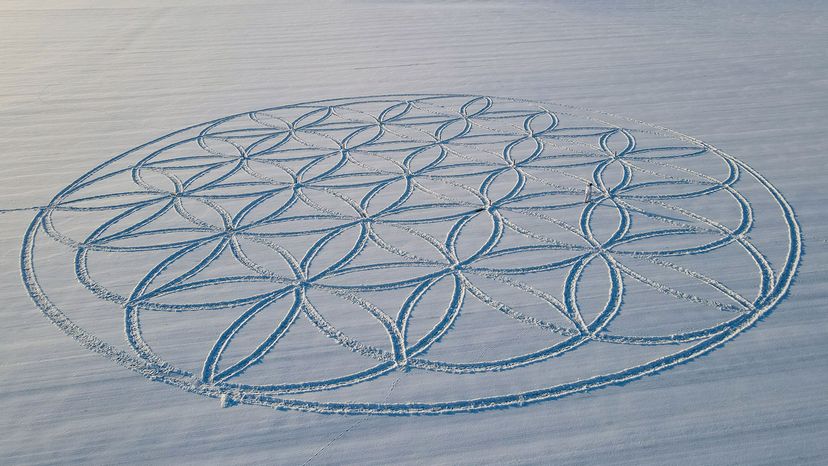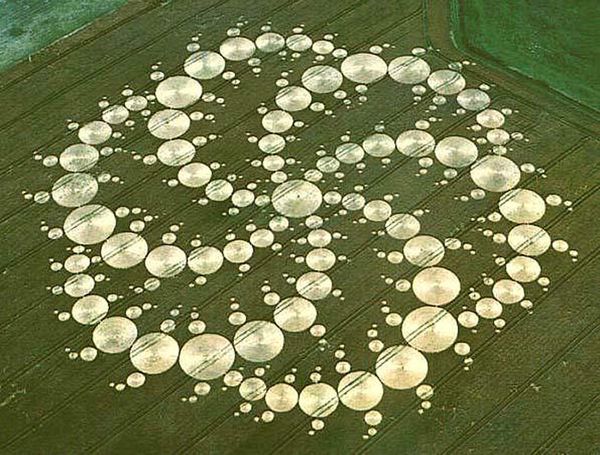
You've probably seen this design without knowing its name. The flower of life is most simply described as a pattern of 19 meticulously arranged, overlapping circles. It gets its name because the parts of the circles that overlap look a lot like flower petals. Ironically, although this design is believed to be ancient, dating back to at least 6,000 years ago, the name itself only came about in the last few decades, thanks to the 1999 book "The Ancient Secret of the Flower of Life, Vol. 1."
The flower of life is commonly seen in jewelry, thanks to its eye-pleasing symmetry and general beauty. However, it's most meaningfully incorporated into religious structures, like churches, altars, mosques and temples. For example, the flower of life appears on many columns at The Osireon, a part of the sacred Temple of Seti I, located in Egypt. It's also a hallmark of Phoenician art, dating in that context back as far as the ninth century B.C.E. Indeed, the symbol was routinely used in sacred contexts in areas of Northern Africa and Mesopotamia during these ancient time periods.
Advertisement
Artists like Leonardo da Vinci, were fascinated by the pattern, as well as its mathematical implications. In fact, one of his more famous works, the Vitruvian Man, which depicts a man with multiple arms and legs, is believed to have been inspired by his interest in the flower of life.
In New Age circles, the significance of the flower of life is enormous, as the central circle symbolizes the idea that all other life is begotten from one source. The geometric shape is seen as a symbol of enlightenment and spiritual growth. Of course, it's no secret that many religions hold that life as we know it was created by one supreme, higher power, so this symbolic representation holds true in those contexts as well.
Then there are the mathematical implications of the flower of life. Sacred geometry is the New Age study of how spirituality and geometric shapes are connected. It holds that life is designed by one geometric plan, rooted in nature, and typically assigns some type of interpretation to patterns and symbols that are geometrically significant. The way the circles in the flower of life are arranged creates a sixfold symmetry, and the resulting patterns are borderline hypnotic. Indeed, some New Age groups may use the symbol in a meditation practice.
Advertisement


